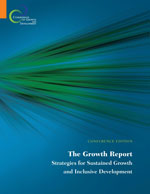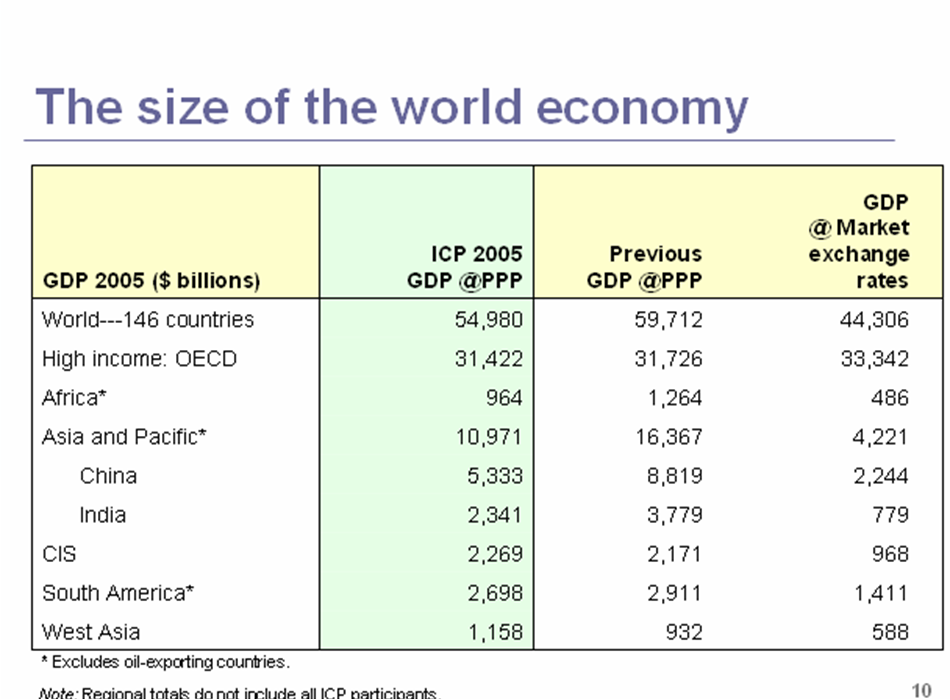In 2003 Dan Sarewitz and I wrote an article titled “Wanted: Scientific Leadership on Climate” (PDF). In that article we made the following brash assertion:
What happens when the scientific community’s responsibility to society conflicts with its professional self interest? In the case of research related to climate change the answer is clear: Self interest trumps responsibility.
Our argument was that the scientific community sought to take care of its own interests first while “the needs and capabilities of decisionmakers who must deal with climate change have played little part in guiding research priorities.”
If you need any evidence that little has changed in the five years since we wrote that article, have a look at this story by Andy Revkin in today’s New York Times. The article discusses the termination of the Center for Capacity Building at the National Center for Atmospheric Research, the nation’s largest government-supported atmospheric (and related) sciences research lab.
The National Center for Atmospheric Research, an important hub for work on the causes and consequences of climate change, has shut down a program focused on strengthening poor countries’ ability to forecast and withstand droughts, floods and other climate-related hazards.
The move, which center officials say resulted from the shrinking of federal science budgets, is being denounced by many experts on environmental risk, who say such research is more crucial than ever in a world with rising populations exposed to climate threats.
In e-mail exchanges, these experts said the eliminated program, the Center for Capacity Building, was unique in its blend of research and training in struggling countries.
The Center for Capacity Building (still online at ccb.ucar.edu) was created in 2004. It built on decades of work by its director, Michael Glantz, a political scientist who has focused on the societal effects of natural climate extremes and any shifts related to accumulating greenhouse gases.
What were the budget implications of this Center?
Altogether, the eliminated program had an annual budget of about $500,000. The budget for the entire atmospheric research center is $120 million.
According to data from the NSF (p. 384 of this PDF), the primary funder of NCAR, the NSF contribution to the NCAR budget for FY2009 is expected to grow by 9.5%, and the lab’s budget is projected to grow by about $13 million over the next decade. NSF explains (emphasis added):
In FY 2009, GEO support for NCAR will increase by $9.0 million, to a total of $95.42 million to: accelerate efforts in provide robust, accessible, andinnovative information services and tools to the community; enhance NCAR’s ability to provide to researchers world-class ground, airborne, and space-borne observational facilities and services; increase our understanding of societal resilience to weather, climate, and other atmospheric hazards; and increase efforts to cultivate a scientifically literate and engaged citizenry and a diverse and creative workforce.
So why did NSF have to cut a large part of its commitment to the social sciences? Cliff Jacobs, NSF program officer responsible for NCAR, explained the decision as follows:
Clifford A. Jacobs, the National Science Foundation’s section head for the atmospheric research center and related programs, said the decision did not mean that the center was interested only in basic physical climate science.
“This came as a very, very difficult decision,” Dr. Jacobs said. “You have to protect your core activities, but as budgets keep shrinking you have to redefine your core.”
In this case “shrinking” must mean “not growing as fast as we would like” since the budget has obviously not been decreasing in size. Let this be a reminder that as we often enjoy discussing the politics of the left and the right, some of the the most damaging politics are found in the battle among disciplines within academia. Unfortunately, in this case the collateral damage extends far beyond academia:
In a telephone interview on Wednesday, Dr. Glantz said that he was let go Monday and that three other researchers were also losing their jobs. One, Tsegay Wolde-Georgis, left a similar program at Columbia University less than a year ago to work with Dr. Glantz. Dr. Wolde-Georgis’s focus is bolstering the ability of African nations to anticipate and withstand drought and other climate shocks.
I look forward to the day when serving the needs of decision makers becomes part of the “core” in the leading institutions of the atmospheric sciences.

